First thing Sunday morning, I attended the Faber Showcase. Natalie at Music Matters Blog also attended this showcase so I will encourage you to read her post about the showcase when you have the chance.
The first class I attended was Motivating through creative play: Empowering beginning and intermediate students to practice successfully by Pamela Pike.
Pamela begins by sharing a weekly dilemma that most teachers can relate to… you give practice tips but the piece is pretty much in the same shape the next week.
She then shares some statistics. The student only has 30-60 min. with the teacher which leaves 167 hours left to their own devices. After sleep, school, activities, homework, TV and games, etc… there is still about 40 hours a week left for practice (more time than we think) (Hmmm…. this may good to share with our students)
First there must be a motivation to Practice-
1. Must be a priority
2. Not a drudgery- practicing should engage us; we must know that we will be able to accomplish our practice objectives
Have you ever been to your students home and see their practice space (teachers who travel do; this may look very different than our own)
-Location (lots of activities in the room- lots of distraction, other location can be more focused)
-Family Support (needs to ensure student nothing more fun is going on when student is practicing. Shouldn’t feel like penance; if it’s valued by family it will be valued by student)
Then it’s important for to have Goal Setting-
– Enjoy their time at the piano
-Tools they need
– Get to know students individual tastes
– Offer student some choice
– Small, manageable practice objective and goals
– Success breeds more success
Motivated music student expect that they will have to expend a reasonable amount of effort to achieve success. They attribute the success to measurable steps. Good goals are specific and measurable.
Considerations to think about:
-Negative attributions
-Behavioral issues
-Frustration (I’m bored- usually means they don’t understand)
-Level- Appropriate level of difficulty (can’t be too hard/easy and not perceived);
-Sequencing (adequately prepare)
-Synergy
-Engagement (imagination, novelty, etc)
-Discovery learning
When we say practice one measure or section and loop it, children don’t have that ability in the brain (yet) to really do that so Pamela uses post it notes on the music to remind them. (Small passages, block chords, identify chords, rhythms…)
This is also where I think practice games work well (see Practice Revolution by Philip Johnston) because it is giving our students a specific task in a “game” format and accomplishing a goal within that task. The trick is, will the students play the “game”. If they do, they will be successful in the long run.
Practice routines (these can also be known as practice games)
-3 dot game (have them move a dot each time they play it correctly)
-You be the judge (have teacher play correctly or incorrectly- student judges teacher)
-It’s helpful when students mark their music.
-Cut up copy of music and just work on those small measures/sections (could be just going through the rhythm, dynamics, etc.)
Practice assignments
I wish I had a picture of Pamela’s practice assignment that he uses. It was very different from anything that I have seen before. She has students check off the practice tips that are written down on the assignment sheet on the day they do them.
Regarding Practice Logs
-Consistency is key.
-Time- pay attention to how much time it takes to do something in the lesson and point out it wouldn’t take much time at home when practicing. Many times accomplishing a practice goal only takes a few minutes. This can be an “aha” moment for kids when pointing this out in lessons after doing a similar task.
-Start with most challenging and end with the best piece. (At home students will automatically practice their best piece first. After all, we all want to feel successful. The trick is to leave that piece for dessert and start with the piece or section that needs the most work.)
Pamela will occasionally do what she calls a mid week check up. She has students record their practice session at home and then email or send to drop box the video halfway through the practice week. She doesn’t always have time to look through them all, but this gives them more accountability to their practicing.
There are ways to measure and achieve goals. Some ideas Pamala mentioned are:
Competitions (though may diminish especially at intermediate level)
Play-A-Thons (MusicLink actually has a great program for this!)
Retirement homes, etc.
Group dynamics/studio atmosphere
Inspiring music
Have student mentor others
Compose for the student or student composes
Events
Yearly programs
CD’s, Lending libraries
Props and Games
Pamela concludes her presentation by reminding that teachers need to take time for ourselves. (That could be a whole other subject).
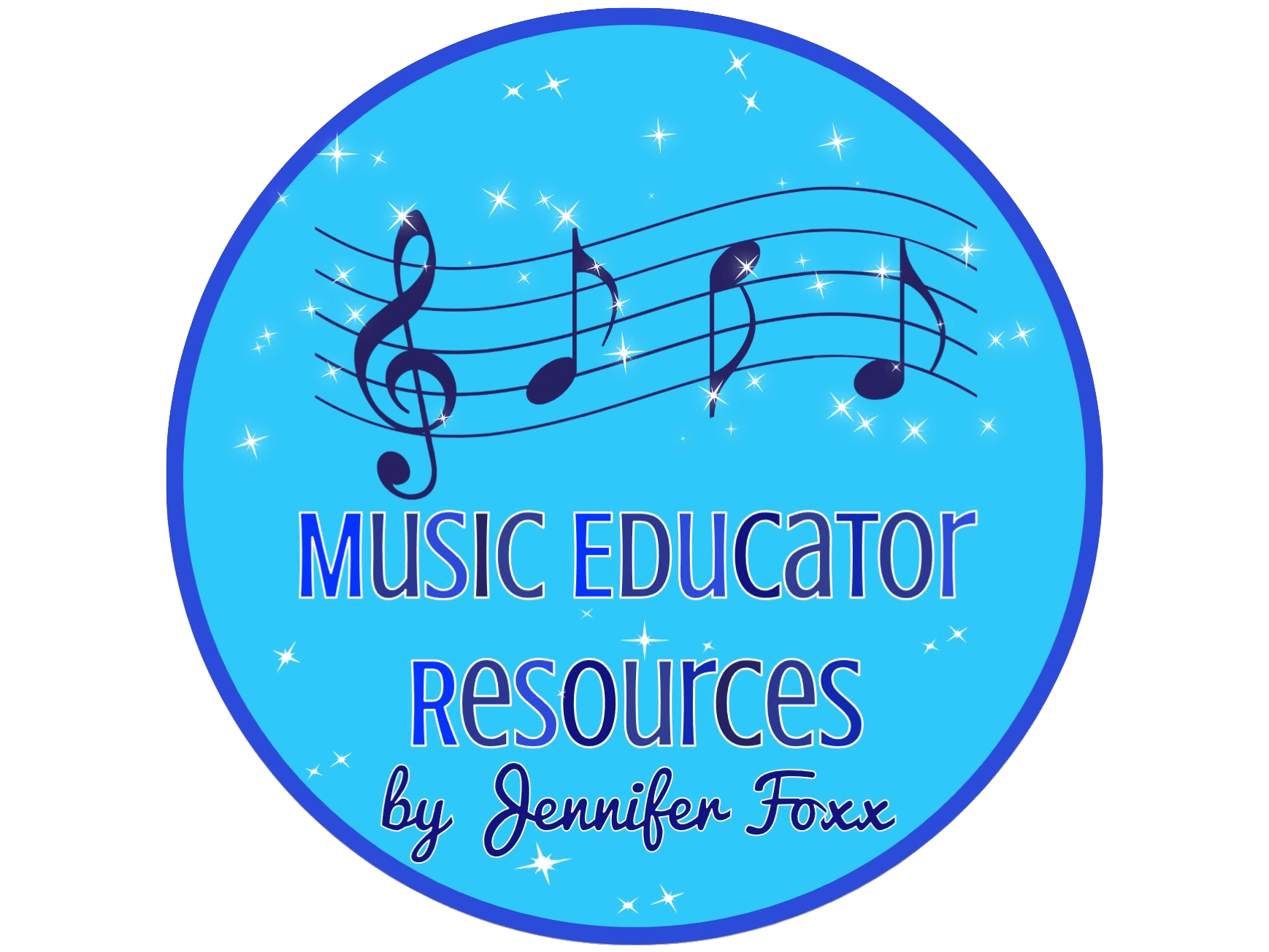
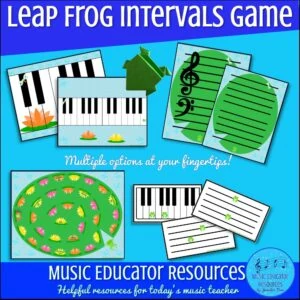
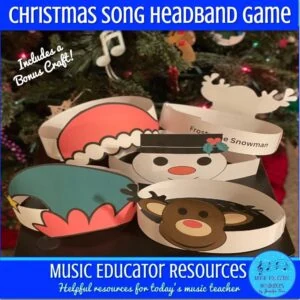
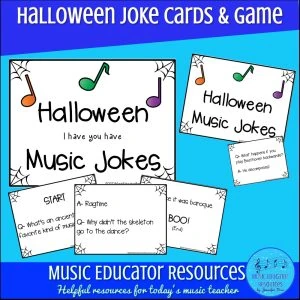
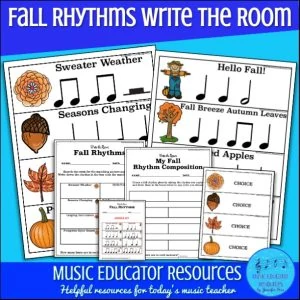
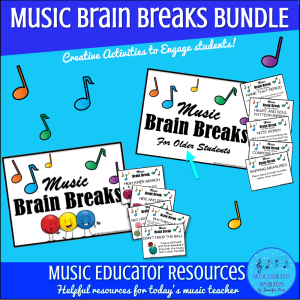
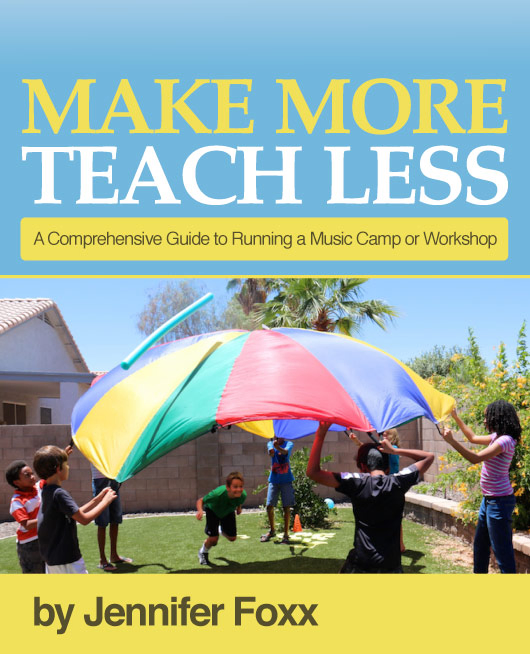
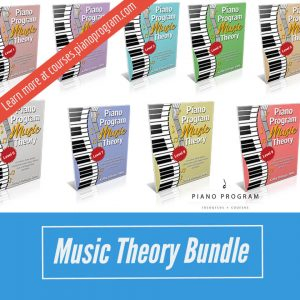
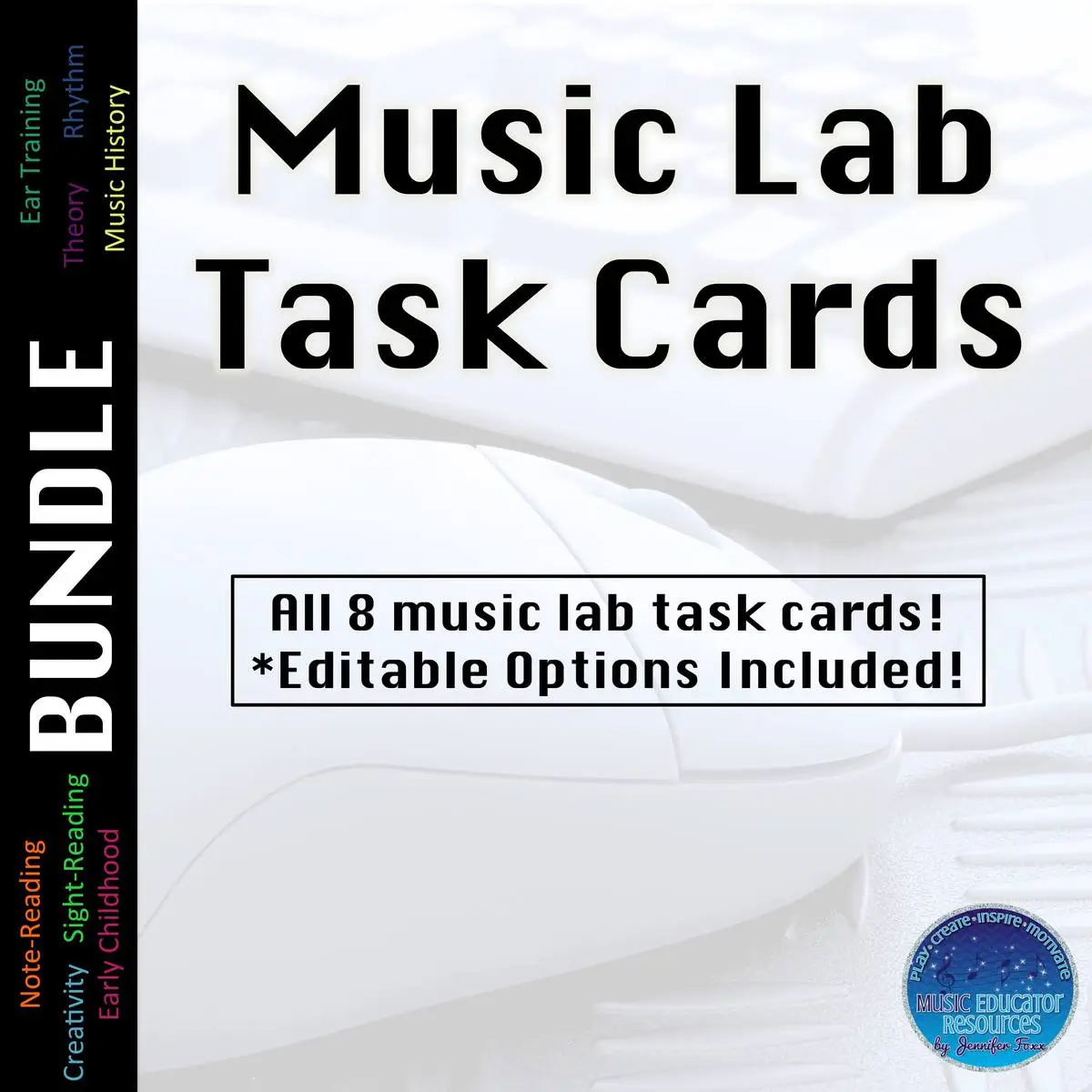
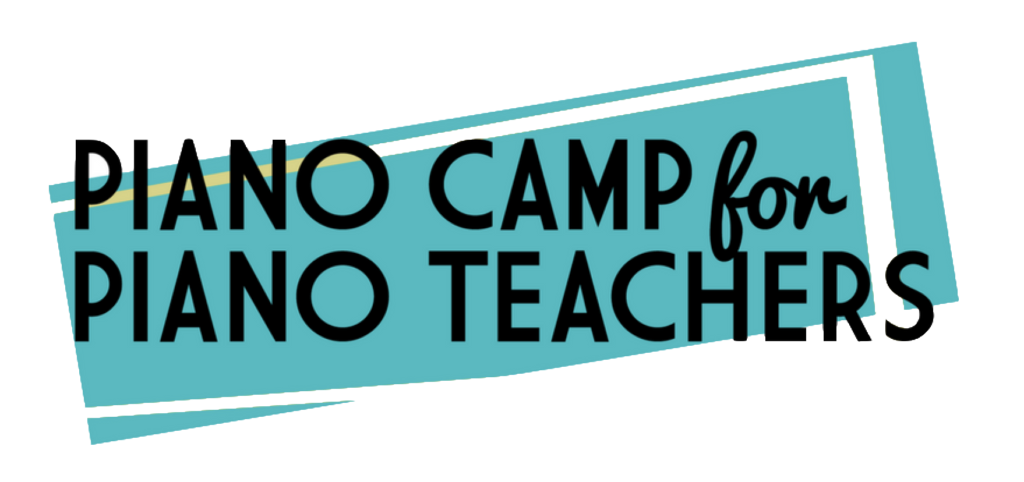


Reblogged this on isitevenreal.